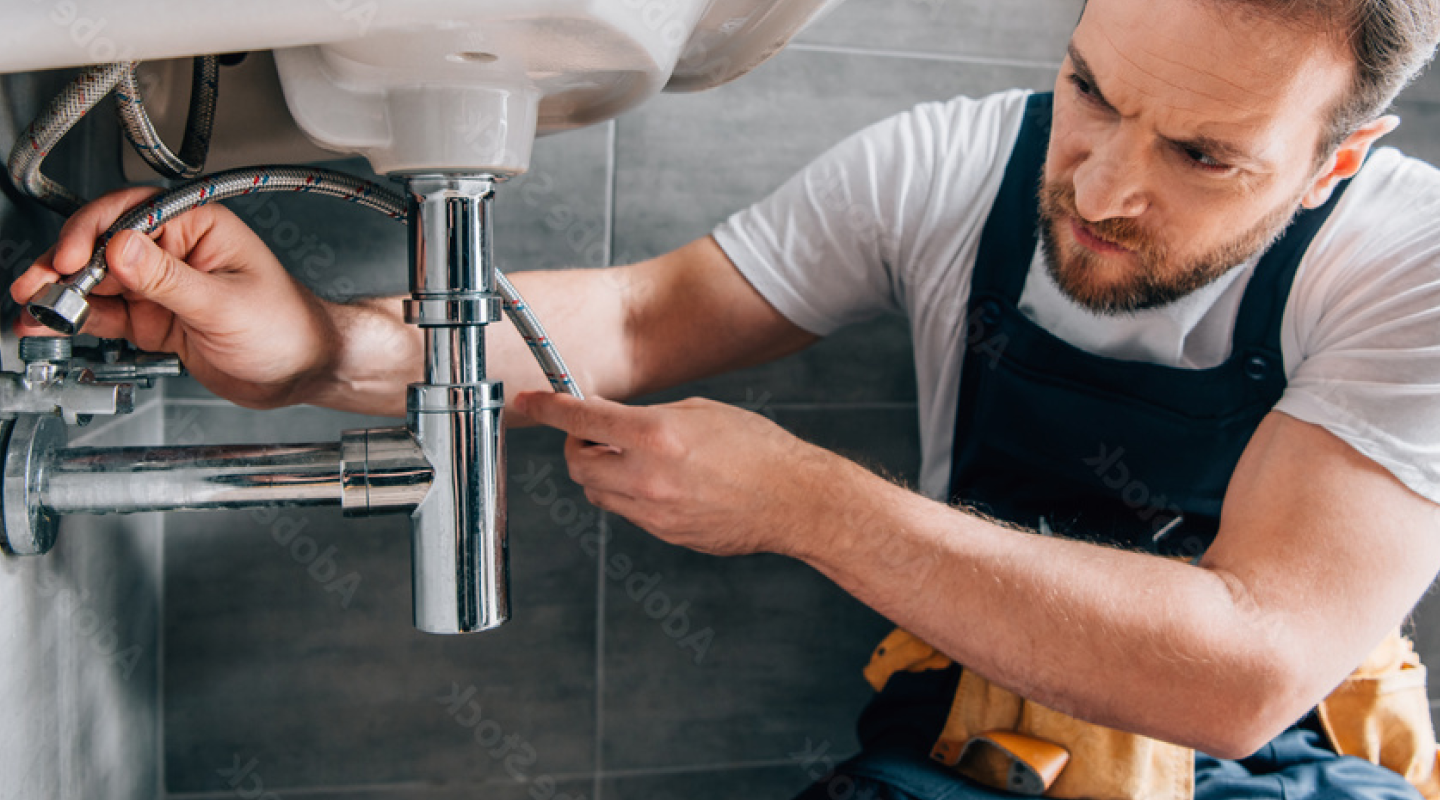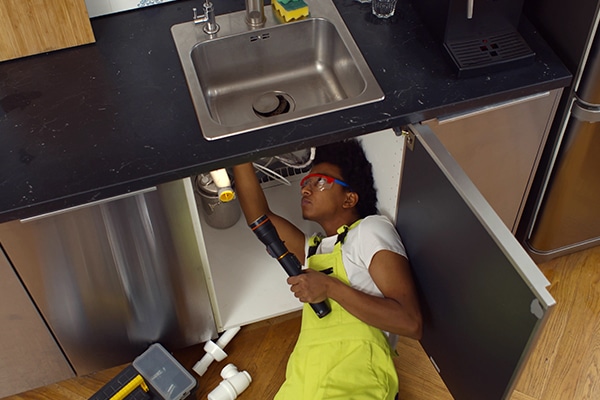Essential Plumbing Alabaster AL Tips for Homeowners
Wiki Article
A Step-by-Step Overview to Reliable Water Heating Unit Installation for Ideal Efficiency
Getting started on the job of setting up a water heater is an endeavor that requires accuracy and a methodical technique for achieving optimal performance. As you continue, the intricacies of connecting water supply lines and establishing up reputable electrical or gas connections wait for, promising insights into making sure efficiency and dependability.Choosing the Right Water Heater

Next, consider the dimension and capacity of the hot water heater. It's crucial to assess your home's hot water demands, which can differ based on the variety of owners and their usage patterns. An unit that's as well tiny might lead to not enough warm water, while an extra-large design might result in unnecessary power intake.
Effectiveness rankings likewise play an essential duty in option. Try to find water heating systems with high Energy Element (EF) scores, indicating remarkable efficiency and lowered power usage. Tankless designs, though normally much more expensive in advance, deal significant power savings with time due to their on-demand heating capacities.
Preparing the Setup Location
Before setting up a new water heater, precise prep work of the installment area is important. It's important to gauge the area meticulously to suit the water heater's measurements, guaranteeing appropriate clearance around the device for efficient procedure and servicing.Inspect the floor for security, as the water heater will certainly need a solid, level surface to operate properly. If needed, set up a drip pan beneath the device to catch possible leaks or spills, stopping water damage to the surrounding area.
In addition, guarantee that all essential tools and materials get on hand before beginning the installation. This includes things such as wrenches, screwdrivers, a degree, and any type of added equipment needed for mounting and safeguarding the heating system. A well-prepared setup area establishes the structure for an effective hot water heater arrangement, maximizing performance and security.
Connecting Water Supply Lines
When attaching water lines to your freshly set up water heating system, it is vital to make certain that all links are secure and leak-free to maintain effective operation and prevent water damages. Begin by determining the chilly and hot water lines. The cold water inlet is typically marked with a blue tag or a "C", while the hot water outlet is noted with a red tag important link or an "H".Usage adaptable water heating unit connectors to assist in an easier setup procedure. Before affixing the adapters, put a plumbing's tape around the threaded ends of the water heater's inlet and electrical outlet pipelines.
Once connections are in place, slowly activate the major supply of water shutoff. Evaluate each connection for leaks by aesthetically feeling and inspecting for wetness. Tighten connections as needed, and make sure the pressure relief valve is properly mounted, safeguarding versus extreme stress check out here build-up.
Establishing Up Electrical or Gas Links
Properly setting up the electrical or gas connections for your water heating unit is a critical step to make certain efficient and risk-free operation. For electrical water heating units, start by validating that the electrical circuit is compatible with the heating system's voltage and amperage needs.For gas hot water heater, security is paramount. Confirm that the gas supply is off prior to continuing. Attach the gas line to the hot water heater using an adaptable gas connector, guaranteeing it is appropriately threaded and sealed with pipe joint substance or Teflon tape appropriate for gas links. Tighten up the links with a wrench, making sure not to over-tighten (Plumbing Services Alabaster AL).
When links are made, check for any kind of potential leakages. For gas lines, use a soapy water option to the joints; bubbles show a leakage. For electric links, verify that all electrical wiring is secure and properly protected, preserving compliance with regional electrical codes.
Readjusting and checking for Effectiveness
With the electrical and gas links safely in area, the following action is examining the functional effectiveness of your water heating system. Begin by very carefully turning on the water supply and ensuring there are no leakages at any of the joints or shutoffs.Following, perform a thorough assessment to make certain the home heating components or burner are working appropriately. For electrical heating units, make use of a multimeter to validate if the elements are attracting the proper current. In gas versions, observe the burner fire; it should be blue and stable, suggesting efficient combustion.
Change the setups as necessary to remove inadequacies. Think about carrying out insulation steps, such as including a water heating unit blanket, to additionally boost efficiency by reducing heat loss. Furthermore, inspect the anode rod's problem, as a sites tatty rod can minimize performance and result in container rust.
Final Thought
Efficient water heater setup is vital for making sure ideal efficiency and energy financial savings. Safely connecting water supply lines and carefully establishing up electric or gas links reduce prospective issues.
Effectively setting up the electrical or gas links for your water heating system is a vital action to make sure risk-free and reliable operation. For electric water heating units, start by validating that the electric circuit is suitable with the heating unit's voltage and amperage demands. Connect the gas line to the water heating system making use of a versatile gas adapter, guaranteeing it is correctly threaded and sealed with pipe joint compound or Teflon tape appropriate for gas links.
Report this wiki page